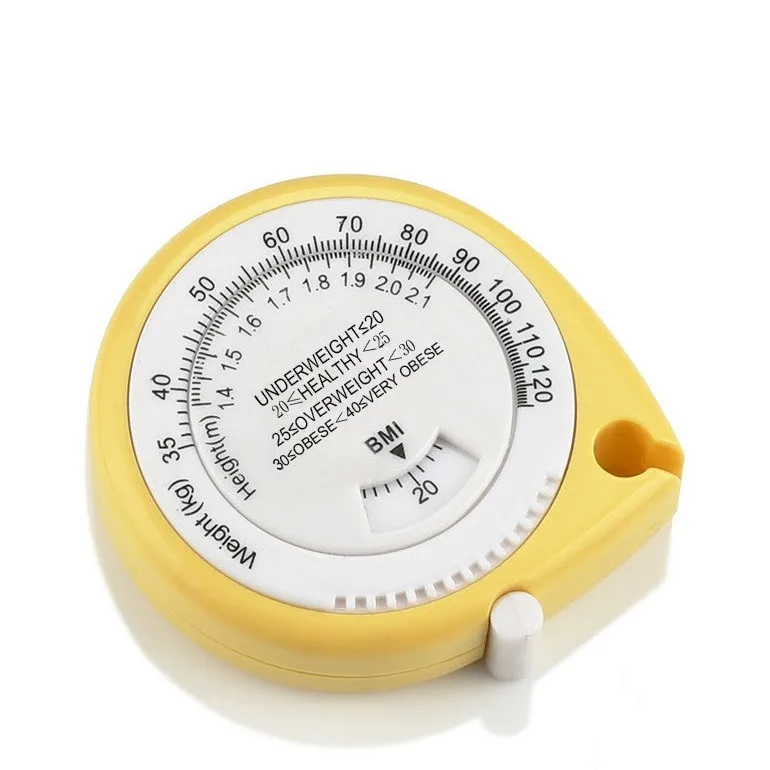

Vasconcelos Fde A, Cordeiro BA, Rech CR, Petroski EL. Current body composition measurement techniques. BMI (body mass index) is a tool to help you find out if you’re a healthy weight for your height. Race-Ethnicity-Specific Waist Circumference Cutoffs for Identifying Cardiovascular Disease Risk Factors. BMI estimates whether you are underweight, healthy weight, overweight or obese based on. Zhu S, Heymsfield SB, Toyoshima H, Wang Z, Pietrobelli A, Heshka S. BMI is determined by your weight in kg divided by your height in metres. National Heart, Lung, and Blood Institute. What’s New in Understanding the Risk Associated With Body Size and Shape? Pears, Apples, and Olives on Toothpicks. Golzarri-Arroyo L, Mestre LM, Allison DB. Ethnic Differences in BMI and Disease Risk. Body Mass Index Versus Body Fat Percentage in Prospective National Football League Athletes: Overestimation of Obesity Rate in Athletes at the National Football League Scouting Combine. Provencher MT, Chahla J, Sanchez G, et al. Yourself at the same time of day, when you know you’ll be consistently hydrated, to avoid inaccurate measurements.Ĭenters for Disease Control and Prevention. Note that the technology smart scales use requires a constant level of hydration in the body. These scales measure body fat by sending a harmless electrical current through your body. Where to measure my waist Our research shows that a waistline of more. Smart scale: Body fat can be estimated with certain "smart" bathroom scales. BMI doesnt provide an accurate measure of fat versus muscle mass.Or, using pounds and inches, multiply your. This calculator provides body mass index (BMI) and the corresponding BMI weight status category for adults 20 years and older. Divide your weight in kilograms by the square of your height in metres. Measurements are taken in multiple places on the body, then plugged into a formula. Healthy Weight Calculate your BMI yourself. Skin-fold measurements: Body fat percentages can be estimated through the use of calipers-a tool that measures the thickness of the skin.A measurement of 0.9 or more for women and 1.0 or more for men indicates a higher risk. Waist-to-hip ratio: Dividing your waist circumference by your hip circumference can provide information about potential health risks.A number of experts now suggest waist circumference is a better measure for all people, but may be particularly helpful in evaluating health risks for people of color.

Risk increases for women with waist measurements greater than 35 inches, and for men with waist measurements greater than 40 inches. Waist circumference: Fat that is carried around the middle of your body can increase your risk of type 2 diabetes and heart disease.


 0 kommentar(er)
0 kommentar(er)
